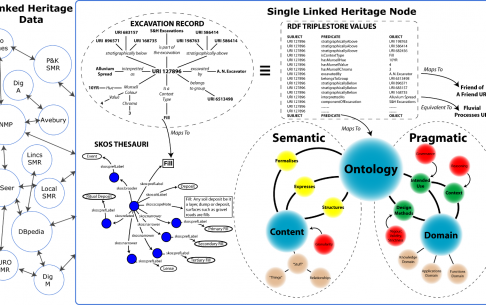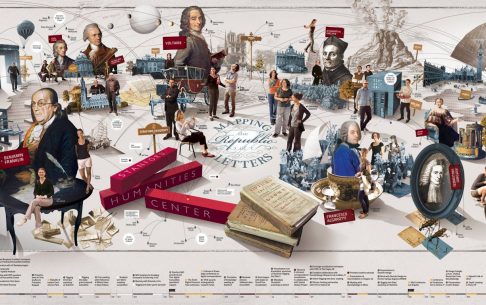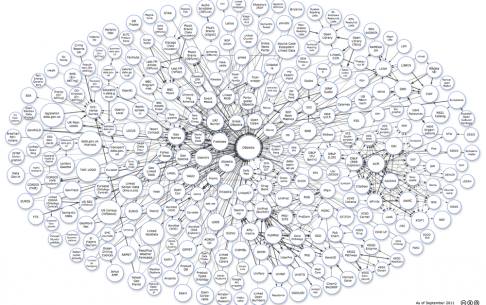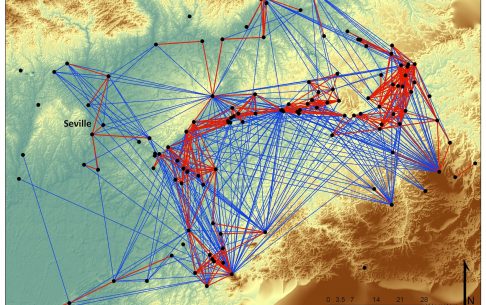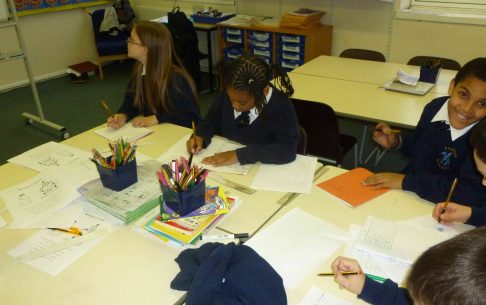Keith May (English Heritage)
Exploring the Use of Semantic Technologies for Cross-Search of Archaeological Grey Literature and Data
Work has been ongoing at English Heritage in the use and development of the CIDOC CRM ontology for modelling the archaeological processes, data and conceptual relationships involved in excavation recording and analysis. This modelling has been used to bring together a range of different archaeological datasets – originating from a number of separate organisations – so that they could be cross-searched using semantic technologies. This level of interoperability for otherwise unintegrated data is itself a valuable step. Further work in the Semantic Technologies for Archaeological Resources (STAR) project explored the possibilities of mapping elements of descriptive free text to the Conceptual Reference Model and thereby making aspects of the archaeological reports cross-searchable too, alongside the other datasets.
Read More»